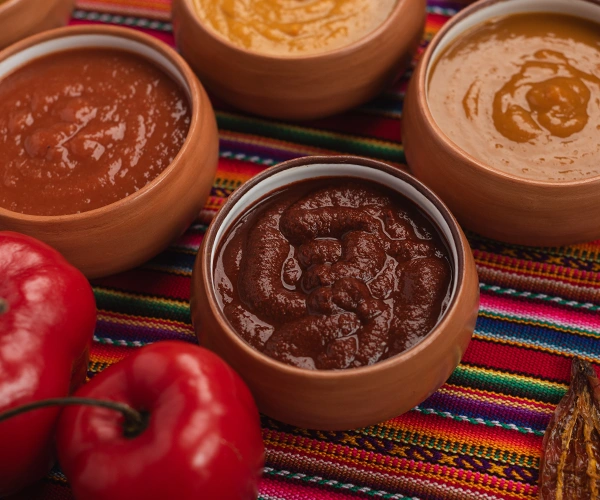Quinoa (pronounced keen-wah) and other ancient grains, such as amaranth, barley, and farro are rapidly growing in popularity because of their wide array of health benefits.
Ancient grains are referred to as such because they have remained largely unchanged for hundreds or even thousands of years. Quinoa was known to the Incas as “the mother of all grains” and was first cultivated over 5,000 years ago.
There are hundreds of cultivated types of quinoa, but the most common versions available in stores are white, red, and black quinoa.
This article will look at the nutritional content of quinoa, its health benefits, and how to add it to the diet.
Nutrition
Quinoa, in dry and cooked forms. Quinoa is often considered a whole grain as the whole grain seed is eaten without any parts being removed. Botanically, quinoa is not classified as a grain. It is a pseudo-cereal. This means it is a non-grassy plant used in much the same way as cereals and grains with a similar nutritional profile.
The seeds of pseudo-cereals can be milled and ground into flour just as other grains and cereals.
However, nutritionally, quinoa is considered a whole grain. Whole grains include the entire intact grain seed without removing any of its parts.
In contrast, when grains are milled or refined like white bread, white rice, and white pasta, they have been processed to create a finer, lighter texture. This process removes most of the fiber and important nutrients.
Article from: www.medicalnewstoday.com

